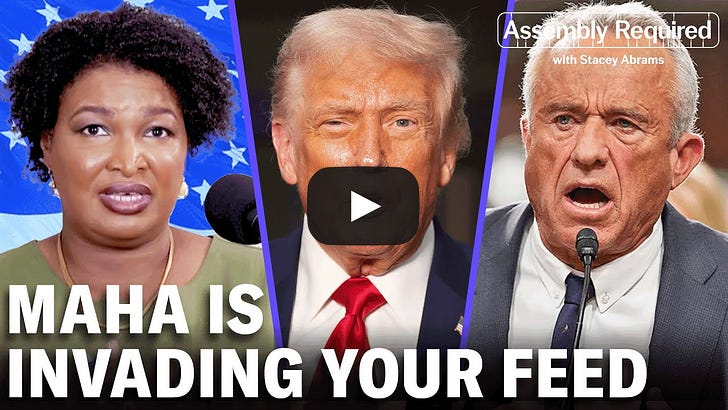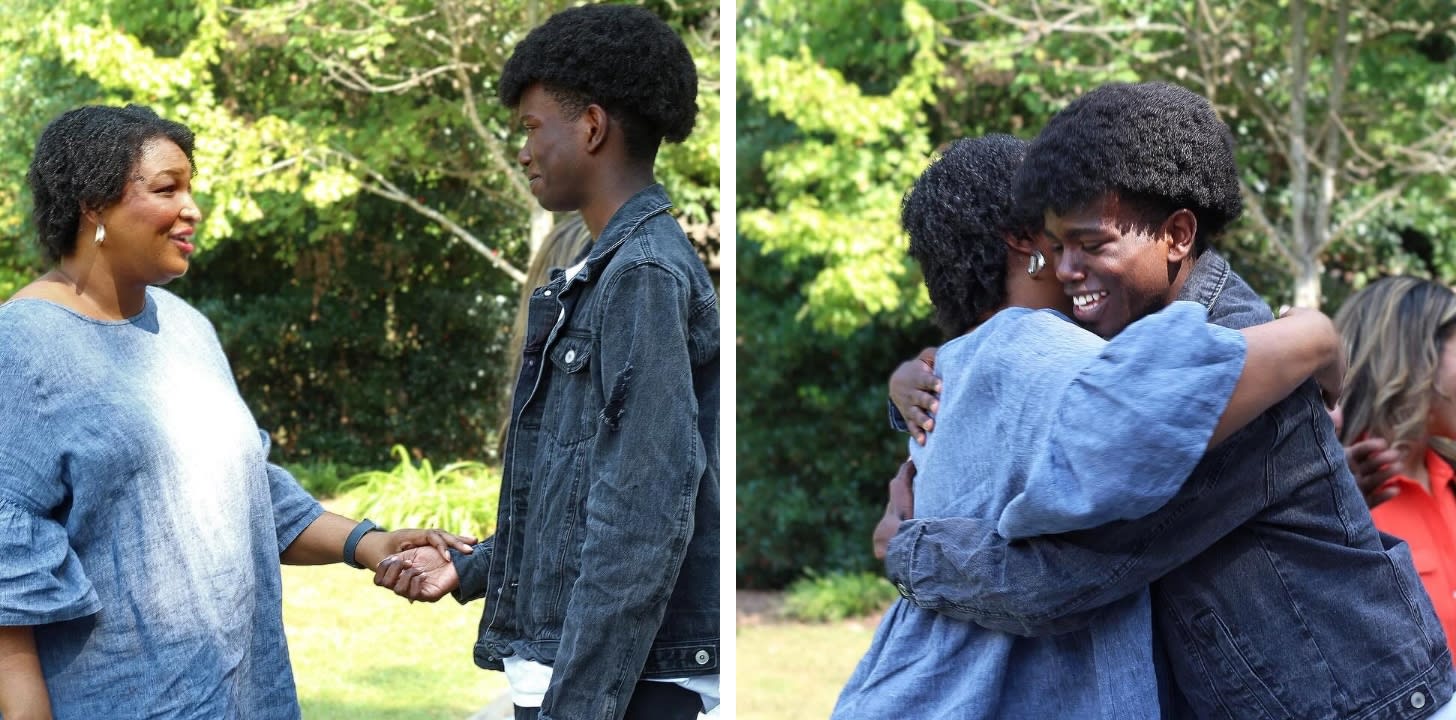|
 |
The Politics of Misinformation Disguised as Wellness
Wellness is being weaponized, but a new generation refuses to let lies stand unchallenged.
The slogan sounds harmless, even inspiring. But the Make American Healthy Again (MAHA) movement isn’t about health. It’s about power. By weaponizing distrust in long-standing science, spreading lies about vaccines, and undermining public health, MAHA has turned wellness into propaganda, taking one of the most universal human concerns — the desire to be safe and healthy — and twisting it into a tool for fear and division.
This week on Assembly Required, we talked about the MAHA movement and how it shows up as a textbook example of misinformation disguised as common sense. What makes the snake oil they’re peddling dangerous isn’t simply the content of the lies. It’s how this quackery is delivered — wrapped in language that feels familiar, reassuring, and personal. That’s how their propaganda works: it sneaks in under the cover of values the American people already hold dear. You can watch the full episode here:

This kind of misinformation is powerful. It doesn’t need to convince everyone — only enough people to fracture trust and sow doubt. Just look at the frenzy that Trump and RFK Jr. have created by claiming that Tylenol can give kids autism (fact: research does not show a link between acetaminophen and autism). When the ground feels unstable, when truth itself is contested, it becomes easier for authoritarian wannabes to tighten their grip on people.
But propaganda doesn’t have the last word. This weekend, I met dozens of young people in Alpharetta, Georgia. I was struck by how they communicated with each other and with their communities — directly, honestly, and without apology. They aren’t intimidated by endless streams of content; they navigate it with fluency. They use technology not just to share information, but to test it, challenge it, and spread it faster than propaganda can take hold.
And they’re not alone: across the country, their peers are doing the same: demanding facts, fact-checking leaders in real time, and refusing to let lies stand unchallenged.

Where MAHA thrives on confusion, they trade clarity. Where disinformation seeks to isolate, they build connections. They call politicians’ bluffs, create language that makes the truth accessible, and refuse to inherit the cynicism that authoritarians depend on. In their determination to demand facts, they’re modeling the kind of civic health that no slogan can co-opt.
These young people have grown up in an environment saturated with lies and manufactured pseudo-reality. Instead of being consumed by the film-flam of it all, many have become fluent in spotting its patterns. They know when something is too slick, too emotional, too convenient to be true. They have learned to trace sources, cross-check claims, and challenge authority — skills that some politicians counted on them never having.
This capacity, harnessed and shared, is what makes MAHA’s propaganda brittle. Their act relies on silence and surrender. But a generation raised in the churn of information chaos is unwilling to play along. Whether it’s student journalists uncovering dishonesty, organizers building campaigns grounded in evidence, or voters demanding accountability, they are showing that truth can still cut through the noise.
MAHA is a reminder of how propaganda and fear spread. Young people are the reminder that neither has to take root. If their determination becomes our common standard — if we all insist on truth with the same urgency they do — then power built on lies will not survive.
You're currently a free subscriber to Assembly Notes by Stacey Abrams. For the full experience, upgrade your subscription.